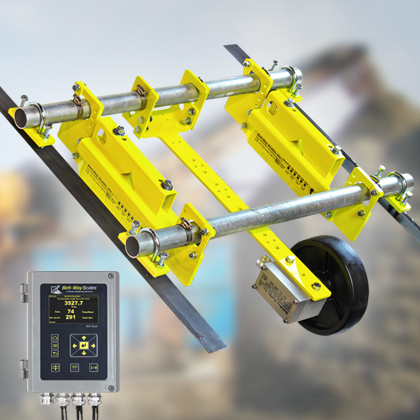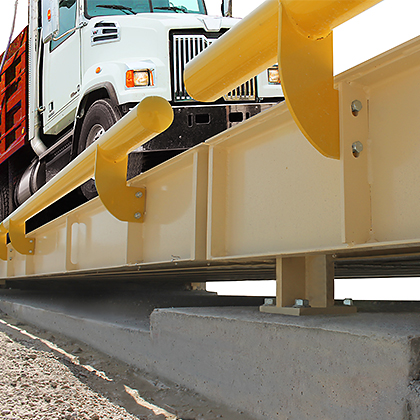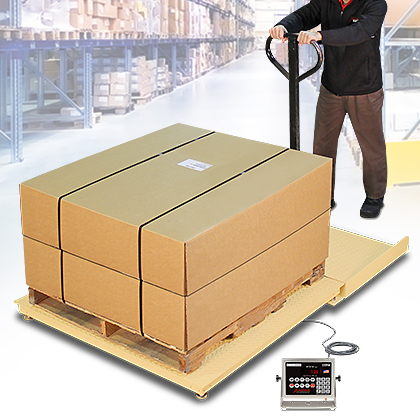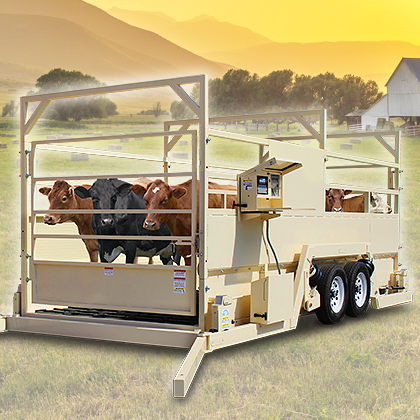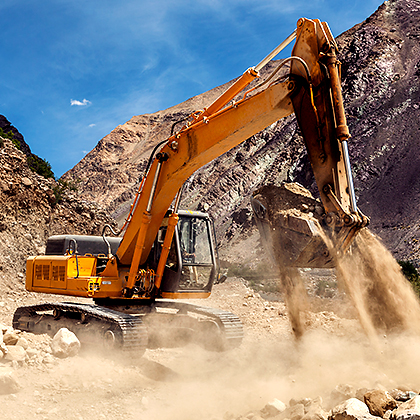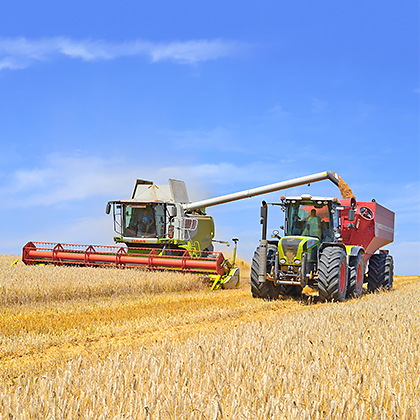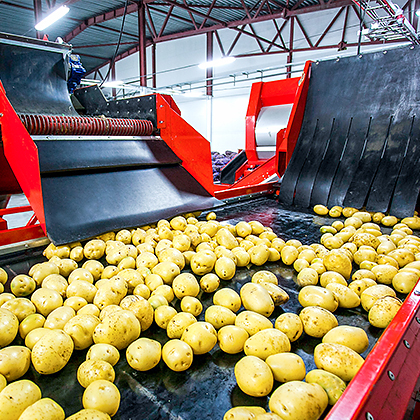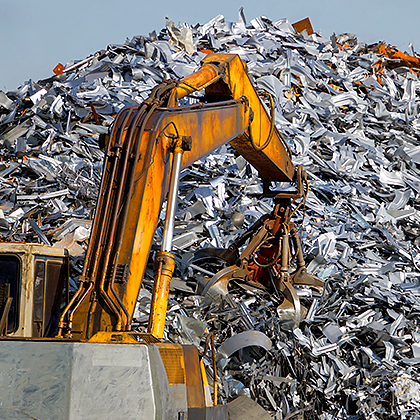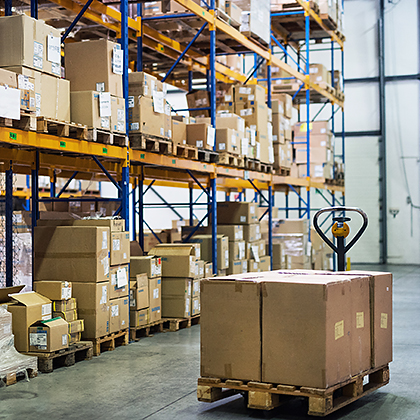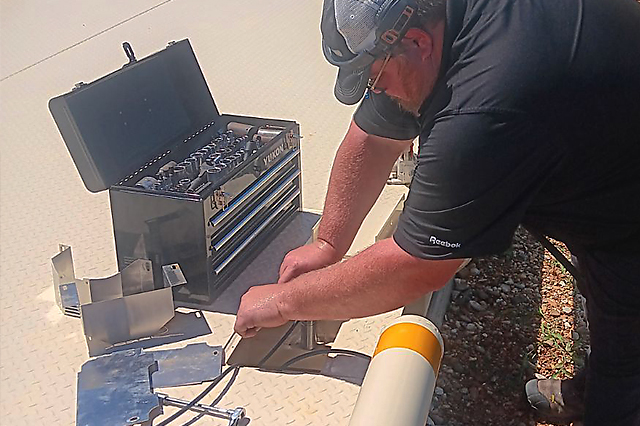Truck scale operators should prioritize the following maintenance tasks for their truck scales to ensure optimal performance and longevity. Explanations are noted within the article for areas where the ARMOR digital truck scale does not require some of the common maintenance tasks involved in other truck scales due to the advanced mechanical and electrical design.
Regular Cleaning: Keep your truck scale free of debris, dirt, and other obstructions that could affect the accuracy of measurements. Any scale’s weighing in general will be affected if something external is touching the platform, and in the case of truck scales it can even be debris that compiles between the scale bridge and end or pit walls or underneath the scale and builds up around the foundation. Daily visual inspections are recommended to ensure the platform is clean. Check beneath the weighbridge for debris build-up between the foundation and weighbridge and also between the weighbridge and end or pit walls. Check all load cells and clear any debris around them. Wash out around the base and end walls as needed to keep the scale platform free and clear of obstructions. Cardinal Scale’s ARMOR® digital truck scale utilizes axis load cell stands that position the SmartCell® load cells up high within the load cell pocket so debris build-up around the base won’t affect weighing performance and there are no moving parts below the scale deck.
Mechanical Checks: Inspect components such as load cells, junction boxes, and cables for signs of wear, damage, or corrosion. Regular checks can help identify issues before they lead to significant problems. Many truck scales include rodent protection that enclose load cell cables in metal conduit and feature metal trays above and below the load cell pocket to block out rodents from being able to chew on wires. Check the ground connections to make sure the cables are tight and free of corrosion. This will help protect your scale from lightning strikes which could cause serious electrical damage. Some truck scales such as the ARMOR® Digital do not require junction boxes, because the SmartCell® load cells daisy-chain to one another and the homerun cable runs from the last load cell to the weight indicator in the scale house. These type of digital scales provide individual load cell diagnostics as well.
External Checkrod Adjustments: Some truck scales require external checkrods to limit the movement of the scale platform to ensure accurate weight readings from the load cells. Checkrods help maintain the alignment of the platform and prevent excessive side-to-side or end-to-end movement that could affect the accuracy of the measurements. ARMOR® digital truck scales employ axis frictionless load cell stands that provide gravity-driven dynamic centering because the entire scale platform rests on durable ball suspension which restrains deck movement and vibration. Therefore, no external checking or maintenance of this type is required in ARMOR® digital truck scales.
Weather-Proofing: Seasonal weather changes can affect the performance of truck scales. Ensuring that all weatherproofing measures, such as seals and covers, are in good condition to protect the scales from rain, snow, and temperature fluctuations can help you avoid downtime. ARMOR® SmartCell® IP69K-rated stainless steel load cells are completely encapsulated inside throughout the load cell body to protect it internally and externally against moisture ingress which is the most common factor to affect load cells in truck scales. Combined with the fact that ARMOR® truck scales do not use external checking, which require seasonal adjustments due to thermal expansion and contraction, make the scales essentially void of most common routine maintenance requirements in other truck scales.
Scale Calibrations: High-traffic truck scales doing 150 or more weighments per day might require calibration multiple times a year due to the high volume of use. It is often recommended to calibrate them at least two to three times per year by an authorized scale service company using a test weight truck or cart. For lower volume usage, an annual calibration is typically sufficient; however, environmental factors and specific operational demands might necessitate more frequent calibration. Additionally, anytime after a scale component is changed such as a a load cell, junction box, or checkrod adjustment, a scale calibration will be necessary using a test truck or cart. ARMOR® digital truck scales do not have junction boxes or checkrods, which are common points of failure that can cause downtime and costly calibrations.
By prioritizing these maintenance tasks, operators can ensure their truck scales remain accurate and reliable, minimizing downtime and maximizing productivity.

